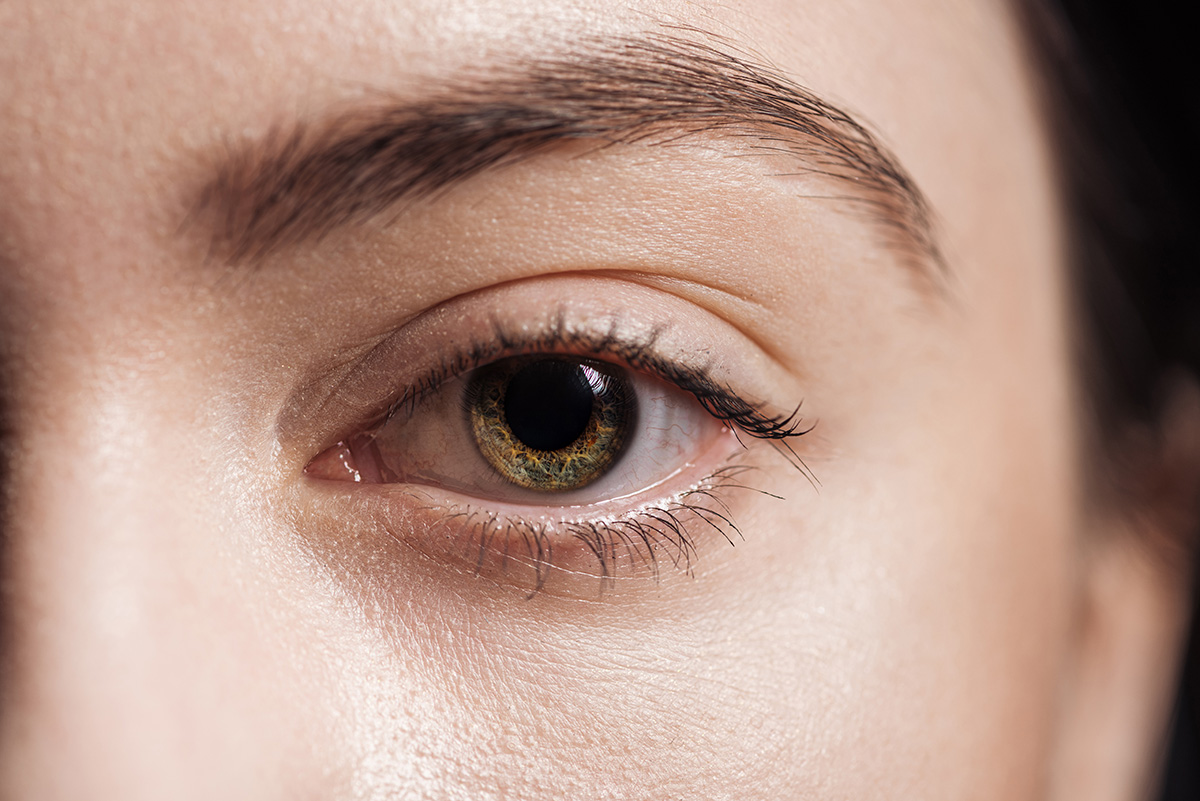What is Conjunctivitis?

What is Conjunctivitis?
Conjunctivitis, commonly known as pink eye, is an inflammation of the conjunctiva, which is the thin membrane that covers the white part of the eye and lines the inner surface of the eyelids. It is a highly contagious condition that affects people of all ages, particularly children.
Various factors, including viral or bacterial infections, allergic reactions, or irritants can cause conjunctivitis.
Symptoms of Conjunctivitis
Redness and Irritation: One of the hallmark symptoms of conjunctivitis is redness in the affected eye or eyes. The conjunctiva becomes inflamed, giving the eye a pink or reddish appearance. The affected eye may also feel irritated and uncomfortable.
- Excessive Tearing: Conjunctivitis often leads to excessive tearing or watery eyes. This is the body’s natural response to the irritation and inflammation caused by the condition.
- Discharge: Depending on the type of conjunctivitis, there may be a discharge from the eyes. In viral conjunctivitis, the discharge is usually watery, whereas bacterial conjunctivitis may produce a thick, yellow, or greenish discharge.
- Itching and Burning: Itching and burning sensations in the eyes are common symptoms of conjunctivitis, especially in cases caused by allergies. The urge to rub or scratch the eyes should be avoided, as it can further irritate the condition.
- Sensitivity to Light: Conjunctivitis can cause sensitivity to light, also known as photophobia. Bright lights may cause discomfort or pain in the affected eye, leading to squinting or aversion to well-lit environments.
- Swollen Eyelids: In some cases, conjunctivitis may cause the eyelids to become swollen or puffy. This swelling can contribute to a feeling of heaviness or tightness around the eyes.
Types of Conjunctivitis
- Viral Conjunctivitis: Viral conjunctivitis is highly contagious and often spreads rapidly in schools or crowded environments. It usually starts in one eye and can later affect both eyes. Symptoms may include watery eyes, discharge, and sensitivity to light. There is no specific treatment for viral conjunctivitis, and it usually resolves on its own within one to two weeks.
- Bacterial Conjunctivitis: Bacterial conjunctivitis is characterized by a sticky and yellowish discharge. It can affect one or both eyes and is highly contagious. Antibiotic eye drops, or ointments are often prescribed to treat bacterial conjunctivitis, which typically resolves within a week with proper treatment.
- Allergic Conjunctivitis: Allergic conjunctivitis occurs due to an allergic reaction to substances such as pollen, dust, or pet dander. It typically affects both eyes and is associated with itching, redness, and excessive tearing. Avoiding allergens, using artificial tears, and taking antihistamines can help manage the symptoms.
- Chemical Conjunctivitis: Chemical conjunctivitis is caused by exposure to irritants like chemicals, smoke, or chlorine. It can lead to severe eye irritation, redness, and watering. Immediate rinsing of the eyes with clean water is crucial in such cases to minimize damage.
Diagnosis and Treatment
If you suspect conjunctivitis, it is essential to seek medical attention for an accurate diagnosis and appropriate treatment.
The doctor will examine your eyes, review your medical history, and ask about your symptoms. In some cases, a sample of eye discharge may be collected for laboratory analysis.
The treatment of conjunctivitis depends on its underlying cause. There are different approaches for viral, bacterial, allergic, and chemical conjunctivitis.
For viral conjunctivitis, since a virus causes it, antibiotics are not effective. Treatment mainly focuses on managing the symptoms and allowing the infection to run its course. Applying warm compresses to the affected eye can help alleviate discomfort. Over-the-counter artificial tears may also provide relief by keeping the eye lubricated.
Bacterial conjunctivitis, on the other hand, is treated with antibiotic eye drops or ointments. These medications help eliminate the bacterial infection and alleviate symptoms. It is crucial to complete the entire course of antibiotics as the doctor prescribes to ensure complete recovery and prevent recurrence.
Allergic conjunctivitis, caused by allergens like pollen or pet dander, can be managed by avoiding triggers and using over-the-counter or prescribed antihistamine eye drops. Cold compresses can also provide relief from itching and inflammation.
In cases of chemical conjunctivitis, immediate rinsing of the eyes with clean water is vital to remove the irritant. Artificial tears can help soothe the eyes, and depending on the severity of the condition, further treatment may be recommended by a healthcare professional.
Prevention of Conjunctivitis
To reduce the risk of conjunctivitis, it is important to follow good hygiene practices:
- Wash your hands frequently, especially before touching your eyes or face.
- Avoid touching your eyes with unwashed hands or sharing personal items such as towels, makeup, or contact lenses.
- If you wear contact lenses, follow proper hygiene guidelines for their care and use.
- Manage allergies by avoiding triggers and taking prescribed.
Sources:
